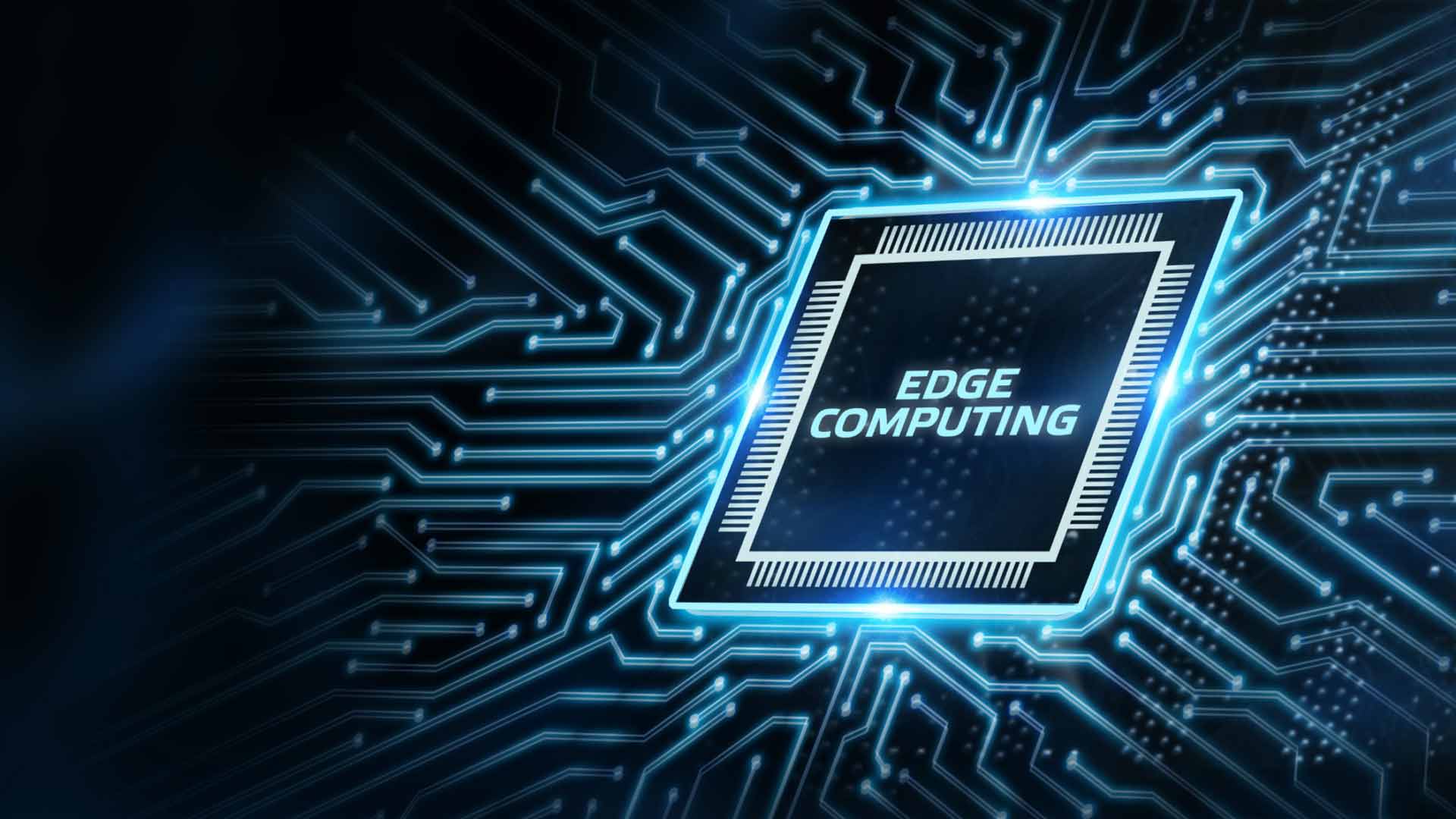By Darren Cummings – President, Performance Defense
This is the fourth article in a five-part series exploring applications of 5G technology for the defense industry.
The emergence of 5G networks creates numerous opportunities for the Internet of Things (IoT). With 5G, IoT devices can be deployed in new locations and in greater densities than was previously possible.
However, deploying IoT devices as standalone systems limits their capabilities. By combining IoT devices with computing power at the network edge, the defense industry can improve the performance, agility, and longevity of internet-connected systems.
The Need for the Edge
IoT devices deployed for defense and other purposes require the ability to respond quickly to changing environments. To do so, they need to be capable of rapidly processing large volumes of collected data and making decisions based on derived analytics and insights.
Most IoT devices lack the processing power and battery life to perform these calculations on-device. However, sending the data to cloud-based servers and waiting for a response creates significant latency and increases network bandwidth requirements.
Edge-based computing provides IoT devices with critical low-latency connections to computing power. Edge-based systems can analyze and make decisions based on IoT-provided data or perform pre-processing to reduce the volume of data transmitted to cloud-based servers for analysis, decreasing latency and bandwidth requirements.
Endpoints with Intelligence
Computing power on an edge-based system supporting IoT devices provides the ability to reduce network latency and bandwidth requirements. However, incorporating intelligence into these systems can provide significant benefits, including:
- Connection Optimization: As discussed in an earlier article in this series, an effective 5G endpoint for IoT devices is not limited to 5G-based network connectivity. By incorporating machine learning and artificial intelligence, an endpoint can optimize connections to improve performance and decrease latency.
- Operational Agility: Intelligence built into IoT endpoints provides them with the ability to scale and adapt to meet changing requirements. For example, an endpoint may be able to load balance connections across an edge network or optimize traffic from critical devices.
- System Integration: 5G endpoints may need to be able to connect and integrate with various devices, some of which may have custom communications protocols and requirements. Built-in intelligence enables endpoints to meet the unique needs of connected devices.
Integrating machine learning and artificial intelligence into edge devices can dramatically amplify the capabilities of these devices. For example in the defense industry, acquisition rules and requirements for trusted microelectronics may limit the solutions available for a particular use case. Intelligent edge devices can overcome communication and integration challenges and ensure that the best available solution can be deployed with optimized network connectivity and computational support.
Securing Edge Computing
Deploying intelligent endpoints at the edge can provide significant benefits for IoT devices. However, these endpoints also introduce additional security risks. Endpoints that offer critical data processing and provide network connectivity to cloud-based infrastructure are a prime target for attack.
Solutions deployed to support defense missions must protect against cyber threats and meet all security requirements of relevant standards. Achieving and demonstrating these capabilities requires extensive security testing in environments that accurately simulate their deployment environments, such as a 5G testbed.
Optimizing IoT Performance with Edge Computing
The emergence of 5G networks expand the deployment opportunities and applications for IoT devices. 5G enables IoT devices to be used by the defense industry in locales where they were previously unusable.
However, these devices can be further optimized by the use of endpoints deployed at the network edge. Edge-based computing can decrease network latency, improve connectivity, and increase the interoperability and integration of various IoT devices. However to be effective, these endpoints must also be designed, tested, and certified to meet security requirements.
Further Reading
Check out the previous blogs in this series:





